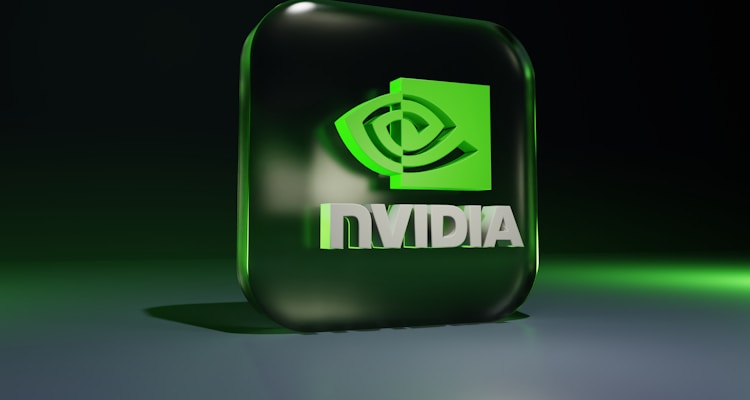The Underground Rituals of TikTok Nobody Admits Exist

Discover the hidden rituals of TikTok—from secret engagement rings to coded challenges—that shape influence behind the scenes of viral culture.
Introduction: A Digital Whisper Network
TikTok, built on 15-second clips and dazzling algorithmic reach, has become far more than a social media app—it is a cultural engine. Yet beneath viral dances and lip-sync trends lies a shadowy layer of practices and coded behaviors that creators rarely acknowledge publicly. These underground rituals form a parallel TikTok reality, shaping who rises, who falls, and how influence operates behind the curtains of the world’s most downloaded app.
Context & Background
Since its global boom in 2020, TikTok has been hailed as a democratized stage where anyone can find an audience. From kitchen-table comedians to political commentators, its appeal lies in the promise of visibility. But as with all massive digital platforms, communities evolve hidden codes of conduct. Anthropologists often describe these as “digital rituals”—unspoken but widely followed patterns that structure online behavior.
On TikTok, such rituals do not carry official names, but they include practices of algorithm-chasing, shadow challenges, and clandestine networking that thrive outside the glossy spectacle of viral trends. Just as subcultures once thrived in underground clubs, decentralized rituals operate in TikTok’s shadows.
Main Developments: The Hidden Playbook of Success
Observers and creators note a series of underground practices that quietly drive TikTok careers forward:
-
Engagement Rings: Informal networks of small or mid-level creators often band together in secret to like, share, and comment on each other’s videos within minutes of posting. This rapid engagement signals virality to the algorithm, offering an artificial boost. While some deny its effectiveness, anecdotal accounts suggest it tilts the playing field.
-
Coded Sound Rituals: Certain creators use audio tracks not for creative choice but for algorithmic superstition. A song may be deemed “lucky” within a micro-community, reused endlessly under the belief that it attracts wider reach—even when unrelated to the video content.
-
Shadow Challenges: Beyond mainstream challenges, underground ones circulate through private groups and closed communities. These often involve controversial or risky behavior—content rarely seen on the “For You” page but gaining visibility in niche pockets where edginess translates to status.
-
Algorithmic Offerings: Some creators speak of posting rituals—precise times of the day, exact character counts, or repeated hashtags. While data analysts can debunk much of this as superstition, these “offerings” reflect a quasi-religious belief in appeasing the unseen algorithm.
-
Hidden Mentorships: Well-established influencers sometimes quietly choose protégés, amplifying their work without acknowledgment. This covert passing of the torch resembles guild traditions more than digital spontaneity.
Together, these rituals add layers of intrigue to an ecosystem often considered chaotic but, in reality, deeply structured in its own hidden ways.
Expert Insight & Public Reaction
Digital sociologists increasingly compare TikTok’s underground practices to historical folklore. “Every community develops rituals to navigate uncertainty,” says Dr. Neha Kumar, a media anthropology researcher. “On TikTok, the algorithm is the unknowable deity, so these rituals serve as ways to interpret and influence it—even when evidence is purely anecdotal.”
Meanwhile, ordinary users express mixed reactions. Some see these patterns as manipulative, eroding the organic charm of virality. Others shrug, arguing that all creative industries—from fashion to film—have always had unwritten codes and gatekeeping rituals.
Public reactions on Reddit, Twitter (now X), and niche TikTok commentary accounts reveal fascination but also fatigue, with users asking whether these strategies cheapen the authenticity TikTok was once known for.
Impact & Implications
The persistence of underground rituals on TikTok highlights two broader realities:
-
Erosion of Authenticity: As creators increasingly depend on algorithm-pleasing tactics, the boundary between performance and manipulation blurs. Audiences risk becoming disillusioned, feeling more marketed to than entertained.
-
Rise of Invisible Hierarchies: While TikTok markets itself as an egalitarian stage, underground rituals create layered barriers where insiders wield unseen advantages. This shapes who becomes viral not just by luck but by participation in semi-secret systems.
-
Regulatory and Ethical Concerns: If engagement manipulation or risky challenge culture continues unchecked, platforms may face pressure from regulators to ensure fairness and safety. The rituals may seem trivial, but their consequences can ripple into real-world behaviors and mental health.
Conclusion: Ghost Codes in Plain Sight
TikTok’s official interface showcases trending dances, comedic skits, and influencer stardom. But underneath lie the ghost codes of underground rituals, guiding digital destinies in ways that users rarely admit. These practices remind us that every cultural arena—whether ancient tradition or modern social media—breeds rituals to navigate uncertainty and power.
For users, awareness of these hidden patterns doesn’t necessarily require participation. It does, however, reveal that what looks like spontaneous virality may, in fact, be carefully choreographed through a digital underground. As TikTok evolves, the question remains: Will these rituals fade into myth, or become the defining folklore of a new digital age?
Disclaimer :This article is based on cultural and media analysis. The described practices are observed through digital behavior studies and public commentary, not definitive insider disclosures.










